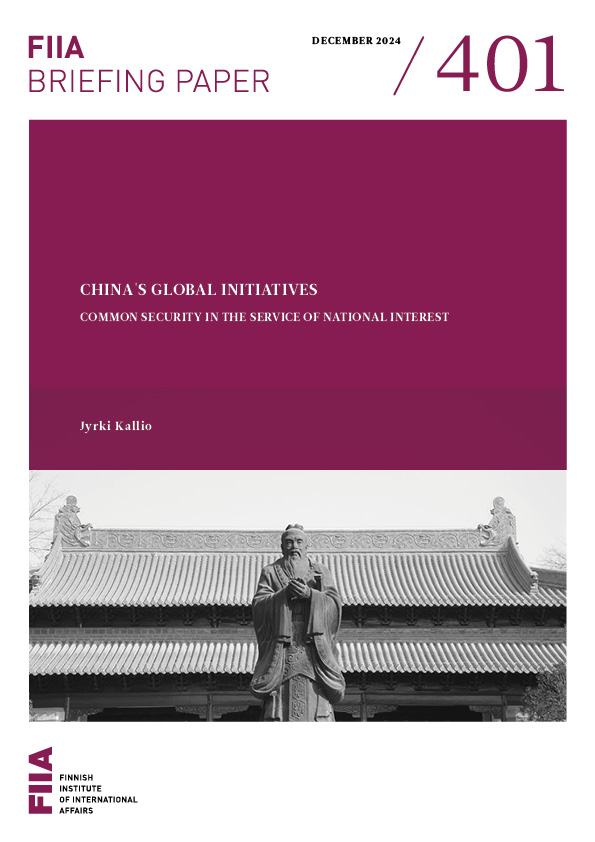It is far from certain that a strong, legally-binding climate agreement preferred by the EU will produce better environmental results than the broader and weaker scheme proposed by the USA.
By ratifying the Kyoto Protocol, countries that are listed in Annex B of the protocol also committed themselves to inscribe new emission reduction targets for the period after 2012. The push by some countries for a single legal outcome to replace the Kyoto Protocol has antagonized developing countries, who see this as an attempt by the developed countries to back out of their commitments.
In terms of environmental results and the negotiation dynamics there are significant merits to a system where one group of countries takes on legally binding commitments under the Kyoto Protocol for the post-2012 period, and another group of countries take on less binding commitments under the Climate Change Convention.
Such a system could broaden participation by including countries not yet ready to accede to a legallybinding instrument (i.e. the USA and major developing countries), while preserving the operational detail of the Kyoto Protocol to serve as a benchmark for the development of the climate regime going forward.






